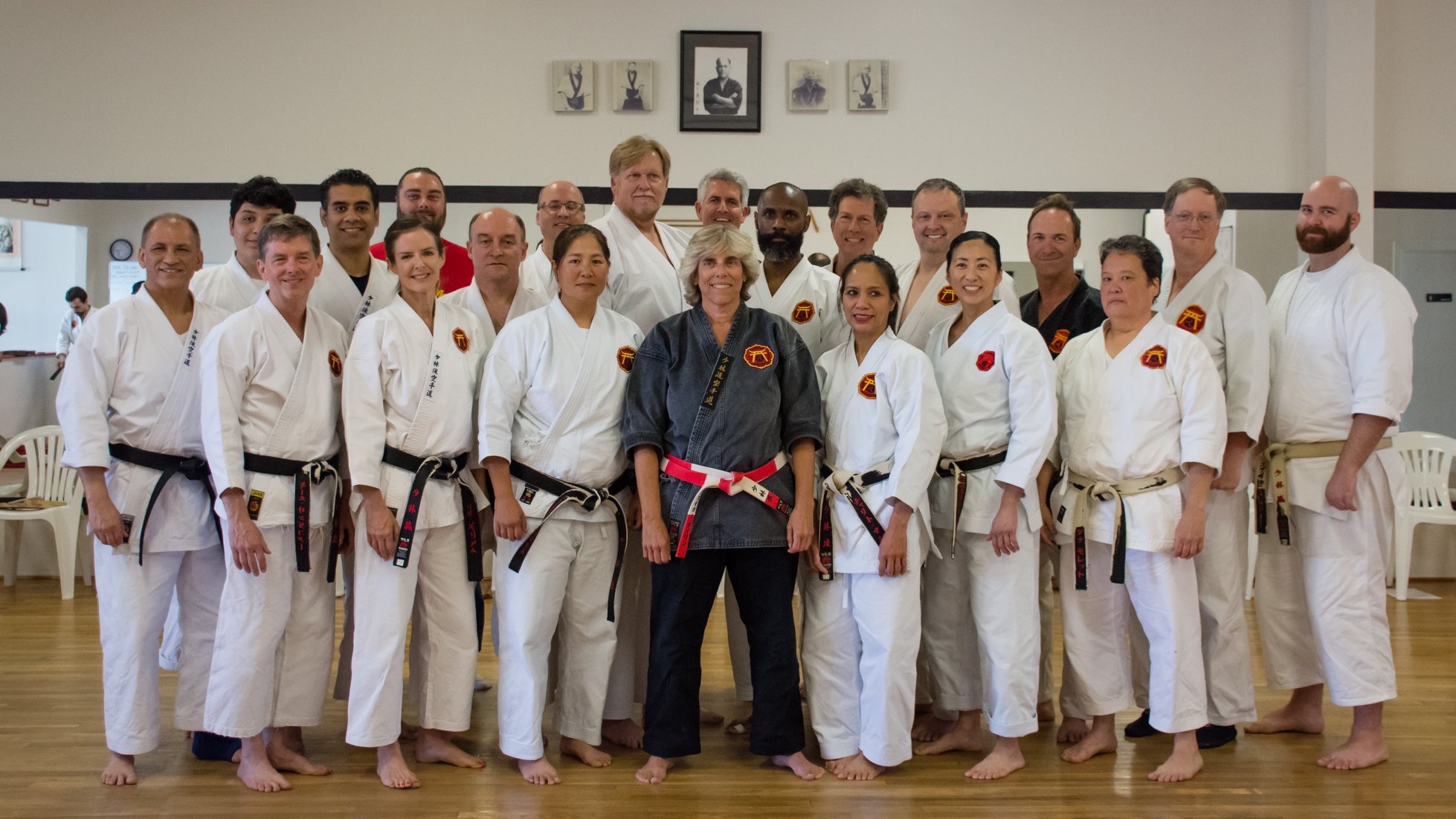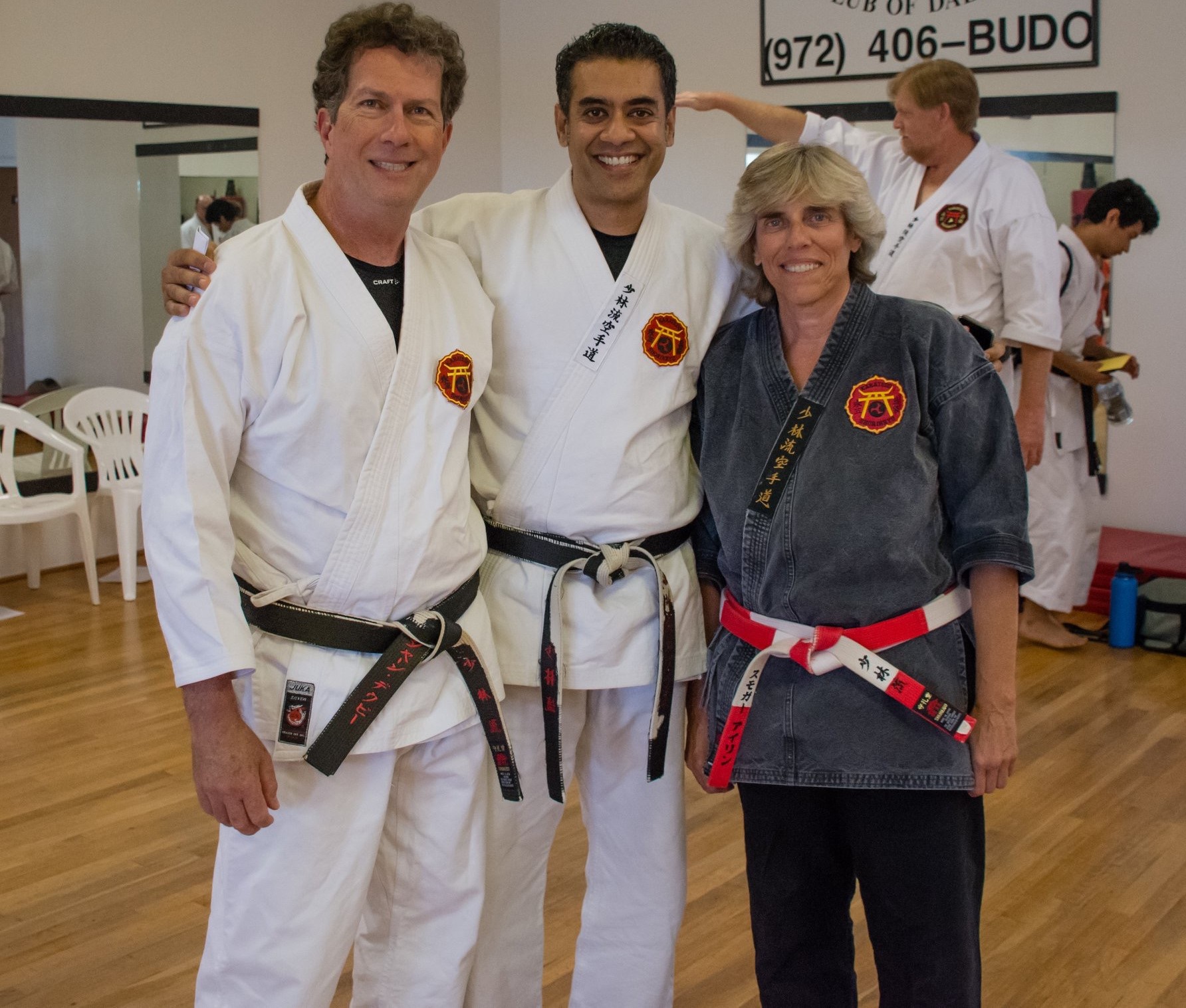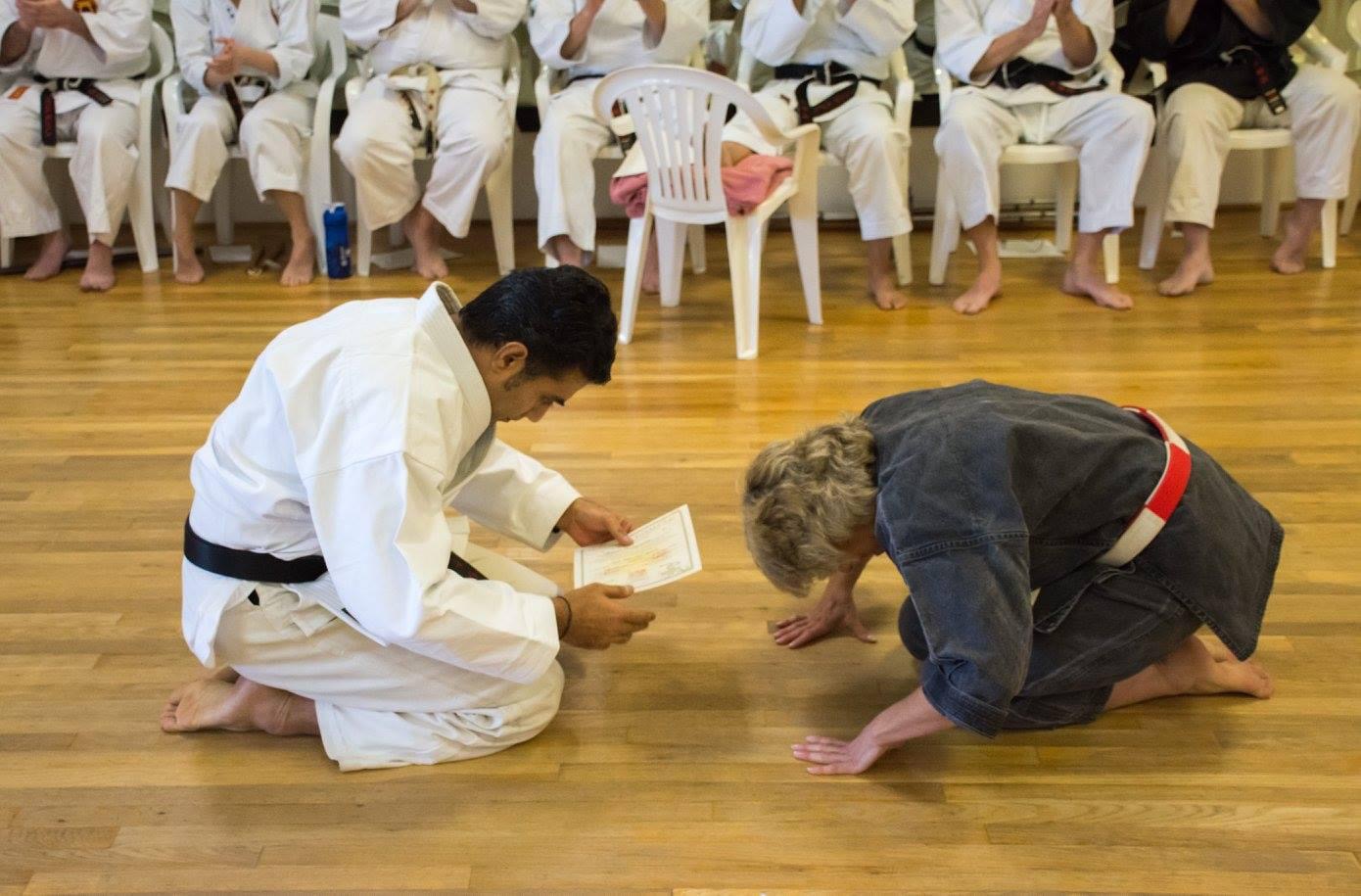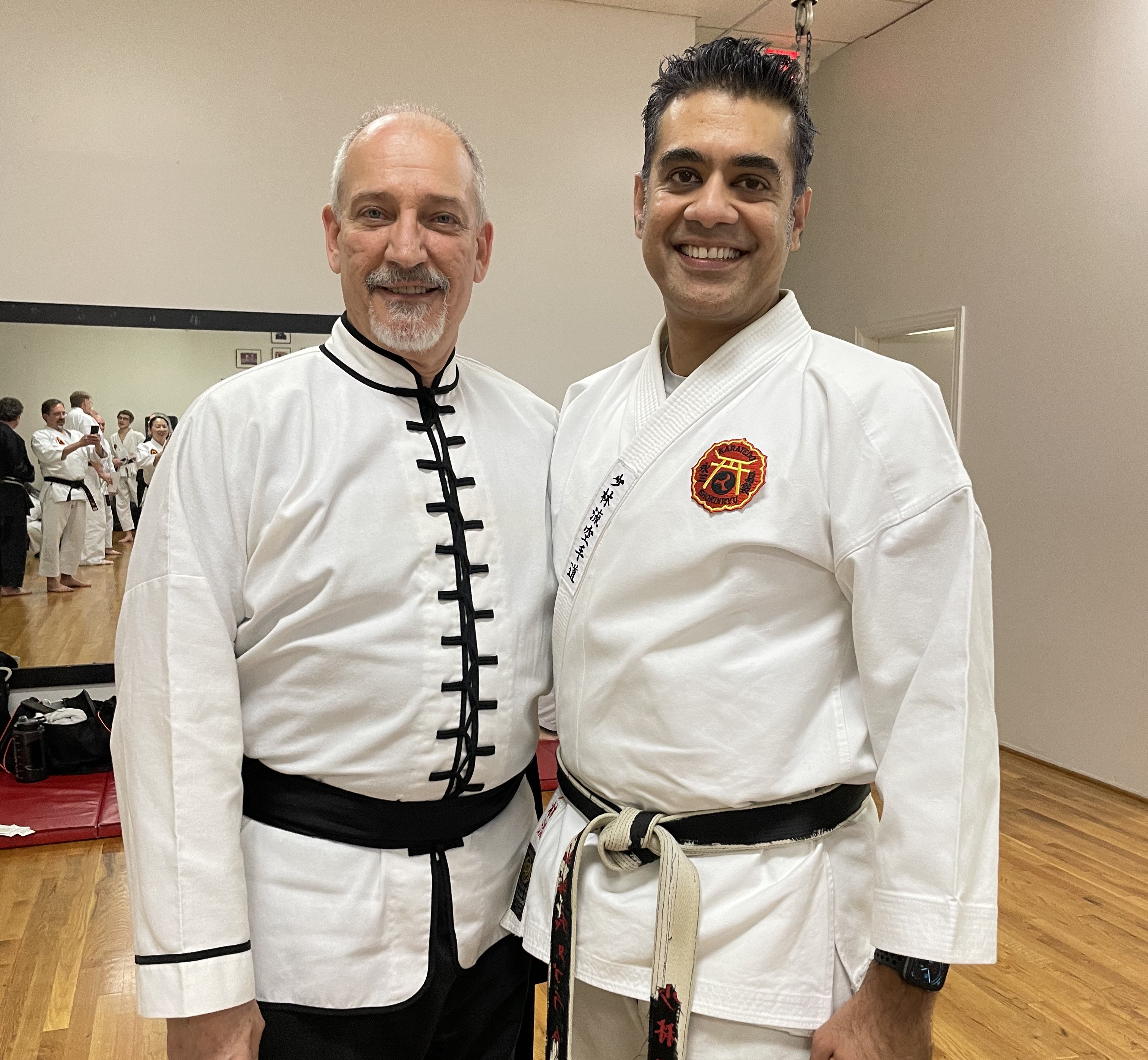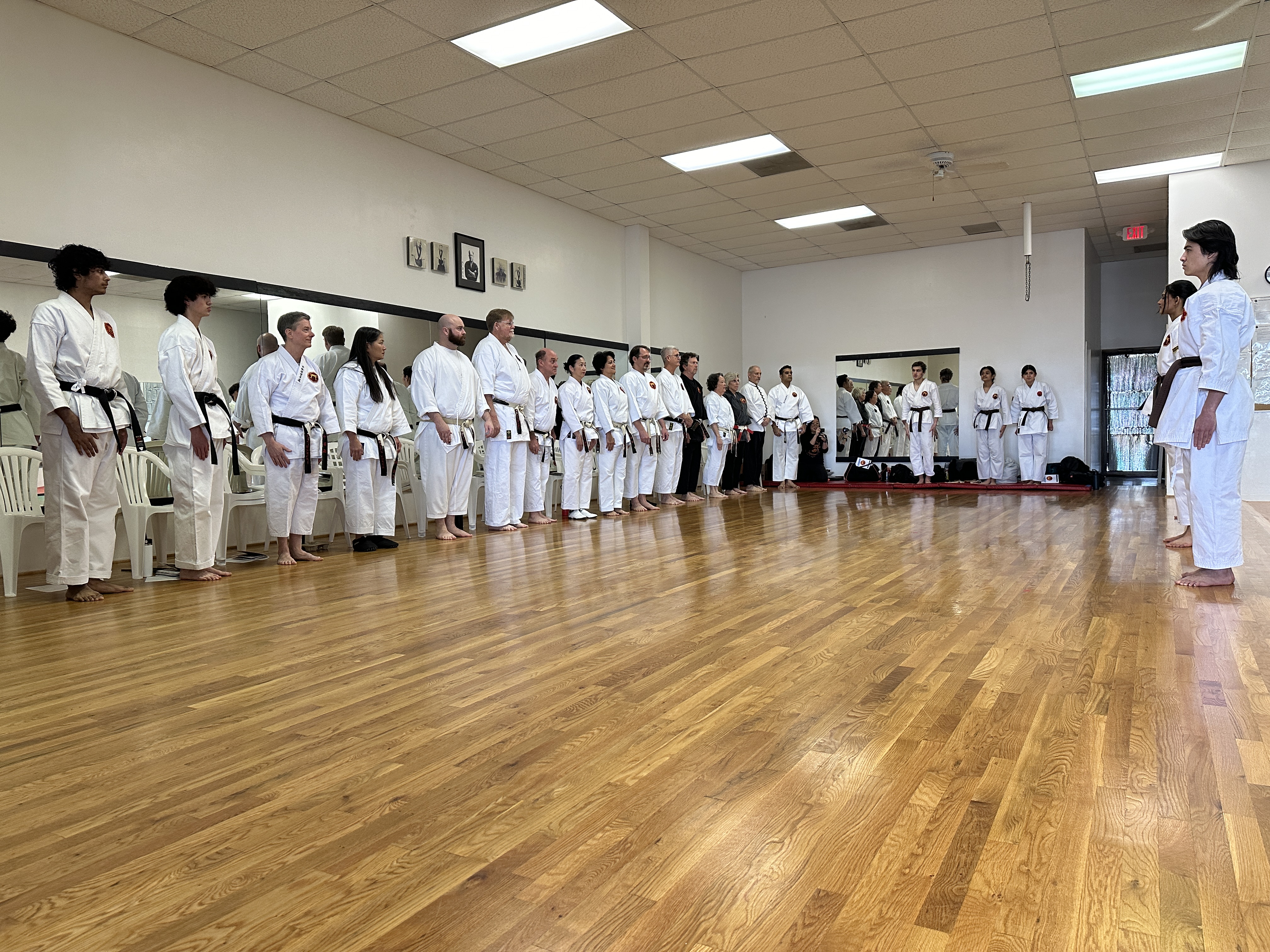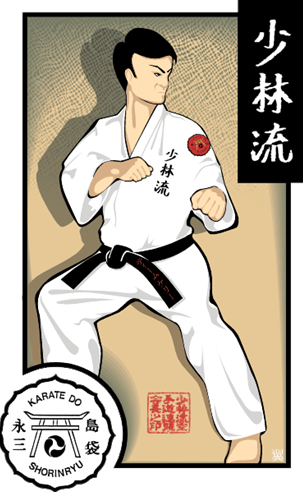
Early Karate
Karate traces its roots back to 5th century A.D. China. Bodhidharma, an Indian Monk who traveled to China, introduced the Shaolin monks to a blend of Ch’an meditation (known as Zen in Japanese), breathing exercises, and combat techniques. The monks further refined this system into what became known as Shaolin Kung-Fu. The spread of this practice beyond China took considerable time. Chinese martial arts were first introduced to Okinawa in the 14th century, during a period of intense trade between the two regions. However, it wasn't until the 18th century that the art truly began to take root.
A key figure in this expansion was Kusanku, a Chinese military official who visited Okinawa, giving demonstratios showcasing techniques. Other Key figures in the evolution of Karatedo include Peichin Takahara and Tode Sakugawa. Takahara, an Okinawan master of the indigenous art of tode, was the first to articulate the significance of the term "do" in karate, emphasizing its three dimensions: igo (the spiritual path), ho (self - defense techniques), and katsu (the life-giving practice and understanding of physical techniques). Tode Sakugawa, who studied under both Takahara and Kusanku, integrated their teachings, creating a fusion of chuan fa and tode, which he called Karatedo (the way of the Chinese hand). Among the prominent students of Bushi Matsumura, one of Okinawa's original karate masters, were Yatsutsune "Ankoh" Itosu (1830-1915), Chotoku Kyan (1870-1944), and Choki Motobu (1871-1944). Motobu gained fame for his many fights and brawls, and he was the first karate
practitioner to defeat a Western boxer. Itosu, celebrated for his strength and agility, was instrumental in introducing Karatedo into the public school system.
Shorin Ryu and Eizo Shimabukuro Hanshi
Kanryo Higashionna (1845-1915), a contemporary of Itosu, brought a different influence to Shorin Ryu. After spending twenty years in China, Higashionna returned to Okinawa and began teaching a soft or internal martial art style known as Naha-te or Higashionna-ha. This system, later named Goju Ryu (meaning "hard, soft") by his student Chojun Miyagi, became a significant influence on Okinawan karate styles. Two Goju kata: Sanchin and Seiunchin were later integrated into Shobayashi Shorin Ryu by Shimabukuro Eizo O’ Sensei (1925-2017). Although Shimabukuro Sensei initially studied under Miyagi before transitioningto Shorin Ryu, it was Chotoku Kyan who had the most profound influence on him. Kyan, who trained under both Itosu and Matsumura, went on to teach several notable martial artists, including Choshon Chibana, Shoshin Nagamine, Tatsuo Shimabukuro, and Eizo Shimabukuro. Chibana (1887-1969) led Kobayashi Ryu, Nagamine (1907-1997) headed Matsubayashi Ryu, and Tatsuo Shimabukuro founded Isshin Ryu. Kobayashi Ryu is largely the same as Shobayashi, while Matsubayashi Ryu differs slightly, and Isshin Ryu shares kata with Shobayashi Ryu but with some technical variations. Despite these differences, the leaders of these three styles are united by their shared lineage. As students of the great master Kyan, they each reflect his influence and legacy. As Kyan Sensei’s foremost student, Shimabukuro O’Sensei was entrusted with leading the Shobayashi Shorin Ryu system following Kyan’s passing.
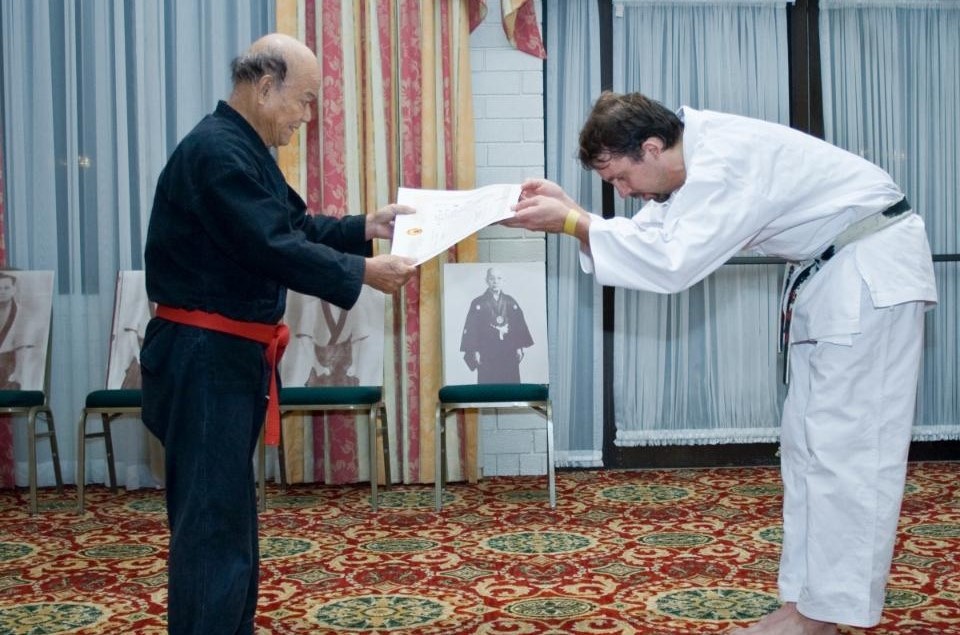
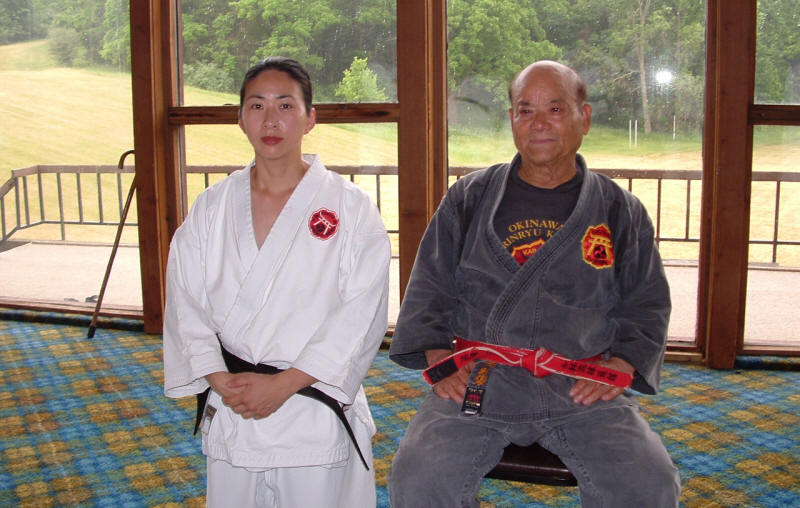
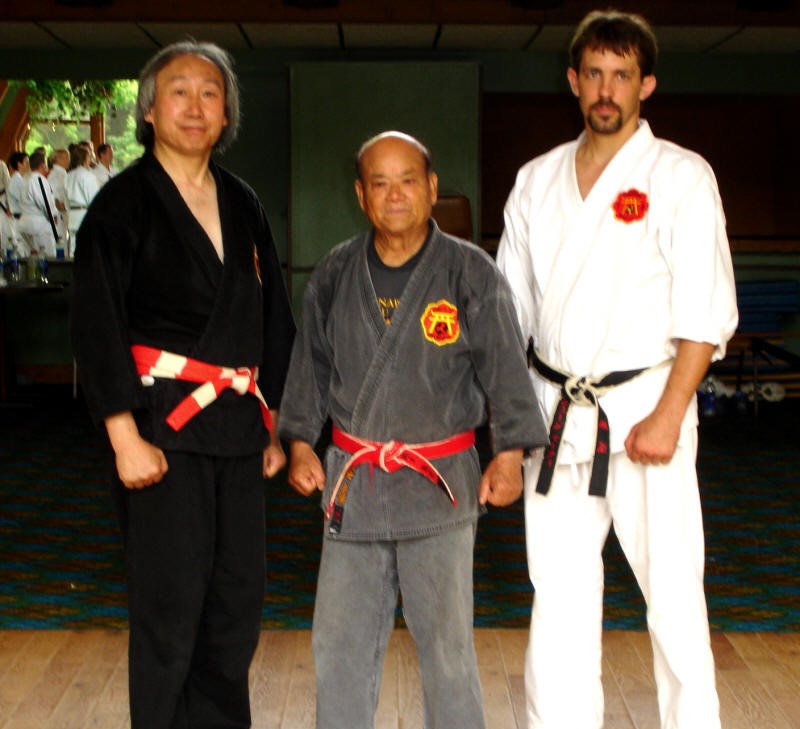
The Shorin Ryu Karate we practice today was brought to the United States by Herbert Wong Kyoshi (1940-2018). Wong Kyoshi began his studies under O’Sensei Shimabukuro in the early 1960s, having already earned his Nidan
from Walter Todd Shibucho in Kanken Toyama’s Shudokan Karatedo. He was also an accomplished national and international competitor with backgrounds in Kung Fu, Judo, and Aikido. Although Kanken Toyama had provided Wong Kyoshi with a letter of introduction to study with Choshin Chibana in Okinawa, delays in mail delivery led him to choose O’Sensei Shimabukuro’s dojo instead. Wong Kyoshi was impressed by O’Sensei's teaching style and the high caliber of his students. Wong Kyoshi noted that O’Sensei held a 10th Dan and Shibucho certificate issued by Kanken Toyama. O’Sensei’s Shibucho Certificate for the All Japan Karate-Do International League, issued in Okinawa by Kanken Toyama, was History Shote & OKC.docx numbered #25 and dated 1959. The subsequent Shibucho Certificate for Walter Todd for the United States All Japan Karate-Do International League was numbered #26 and dated 1960. Before Wong Kyoshi left Okinawa in 1965, O’Sensei requested his assistance in enhancing the training system. Wong Kyoshi played a crucial role in shaping the way we teach O’Sensei's curriculum today.
Shudokan and Shibucho Walter Todd
Shudokan Karatedo, which can be interpreted as "The Institute for the Cultivation of the Way of the Empty Hand," represents a comprehensive martial arts system that integrates the principal styles of Okinawa alongside select Chinese systems and Kobujutsu, the ancient martial arts. This system is distinguished by its combination of both hard and soft techniques. Unique to Shudokan are specific kata that feature expansive, circular movements, emphasizing the importance of covering techniques. The practice of extended motions fosters both strength and physical development. Practitioners of Shudokan, known as Karateka, cultivate a harmonious balance of internal and external power, contributing to their overall health and personal growth.
Walter Todd Sensei (1927-1999) received his Karate-do training from Yoko Takahashi Sensei, a direct disciple of the renowned Kanken Toyama Sensei. Eventually, Toyama Sensei, the founder of his own esteemed karate system, appointed Walter Todd as Shibucho (Branch Director) for the United States, granting him full authority over rank students in Toyama-style karate and overseeing the advancement of karate in America. Following the passing of Toyama Sensei, his son recognized Todd Sensei's rank of Eighth dan. Isao Ichikawa Sensei, another prominent student of Toyama Sensei, established Doshinkan Karatedo. Shortly after World War II, Toyama Sensei, along with other masters, founded the All Japan Karatedo Federation, which played a crucial role in unifying the art and facilitating the establishment of the contemporary karate-do ranking system. The Japanese Ministry of Education officially acknowledged Toyama Sensei's authority to confer any rank in karate. Todd Sensei was issued Shibucho certificate No. 26 by Toyama Sensei.
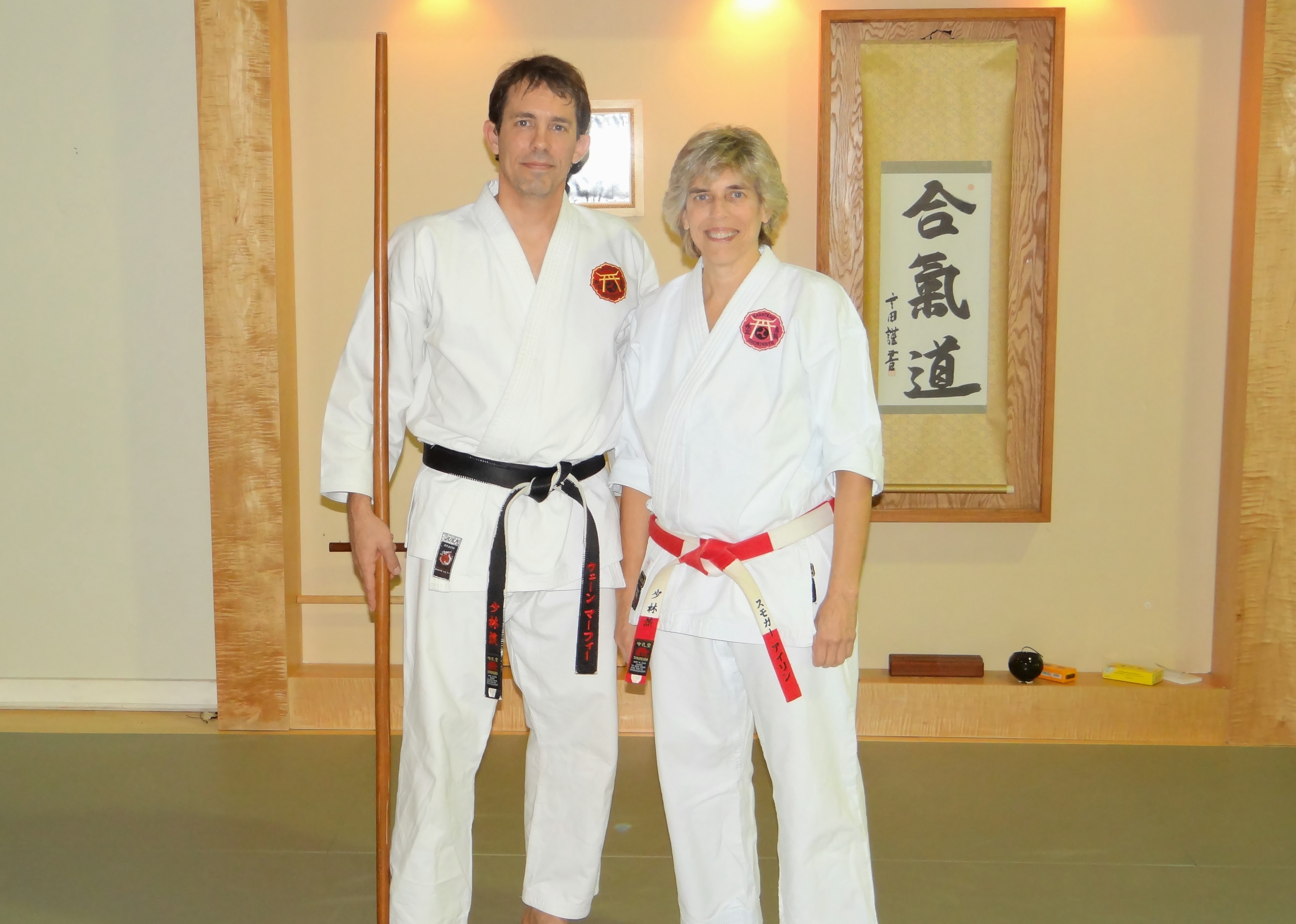
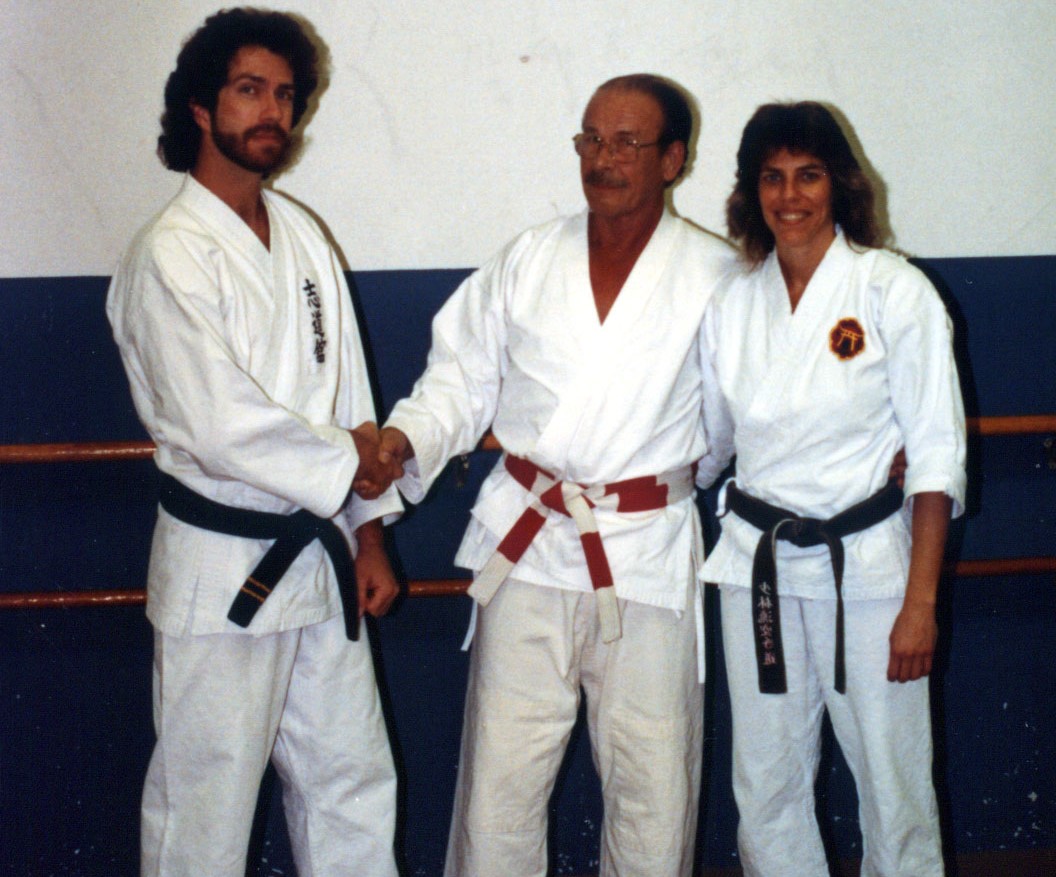
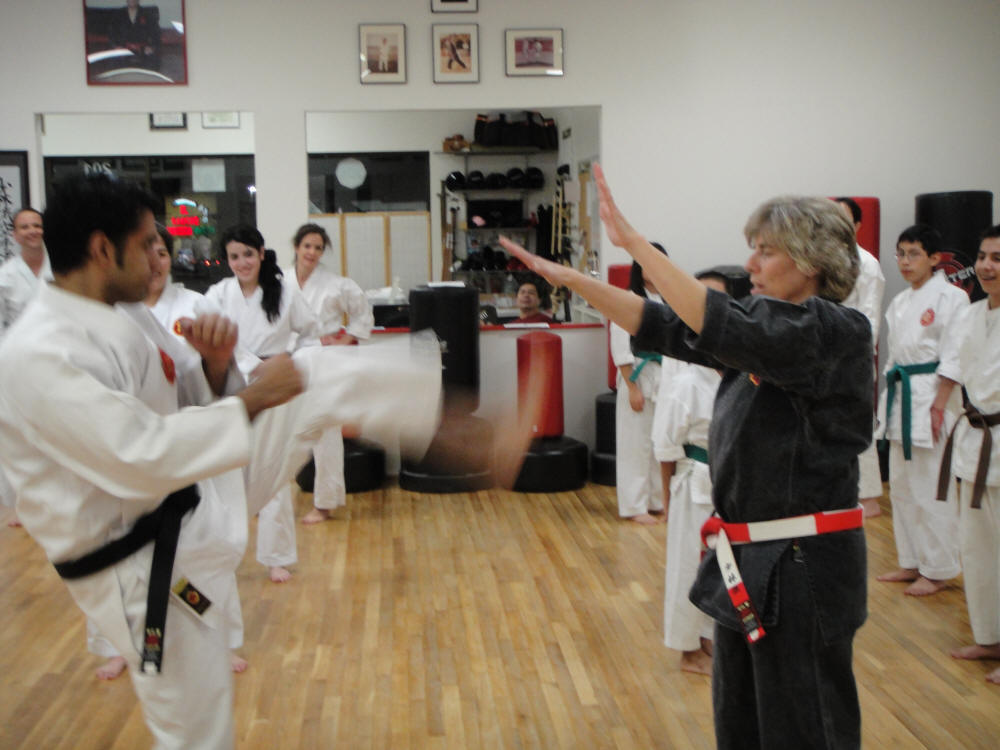
Todd Sensei established the Shudokan Martial Arts Association (SMAA), which encompasses various divisions of martial arts. He emphasized that balance is the fundamental quality essential to martial arts practice. He often remarked, "Without balance, proper movement is impossible. A strong stance cannot be achieved without.
OKCD and Ilene Smoger Kyoshi, 7th Dan
Walter Todd Sensei was Dr. Herbert Wong Sensei’s first karate instructor.
Gary Hu Sensei and Karl Scott III Sensei of Ann Arbor, Michigan, were introduced to Shorin Ryu and Shudokan Karatedo through Herbert Wong Kyoshi, 8th dan under Shimabukuro O’Sensei. Hu Sensei, Scott Sensei and Christensen Sensei have been primarily responsible for passing down Shorin Ryu and Shudokan Karatedo to Ilene Smoger Kyoshi, 7th Dan. Additionally, Smoger Sensei along side Sean Deuby Sensei founded the Okinawan Karate Club of Dallas, where Wayne Murphy Sensei and Rajesh Chathapuram Sensei were directly trained under Smoger Sensei.
